For companies of all sizes and across all industries, cash is not only crucial—it’s king. It sounds simple: In order to survive, businesses must ensure that payments aren’t going out faster than resources are coming in. According to a recent study, however, not all businesses are following that formula: companies that do monthly cash flow planning have an 80% survival rate—more than double the 36% survival rate for those only planning once a year. This discrepancy is partially because careful planning enables your company to build up a solid cash reserve, and that reserve can serve as a life vest when you experience poor supplier performance, forecast errors, transportation breakdowns, weather disruptions, or other unexpected obstacles.
And while cash is important for all businesses, cash flow management is especially vital for mid-market companies in today’s economic landscape. Because of their smaller size, mid-market companies are armed with a smaller financial war chest than their larger competitors, which means they have a reduced margin of error for the timing of inflows and outflows, a thinner cushion for tough financial situations, and a smaller investment pool (including less access to capital) for financing growth. As a result, it can take more effort and precision for mid-market companies to remain in a strong cash position.
Why Seek Out Supply Chain Efficiencies?
Supply chain processes are the backbone of any company’s cash flow. Unfortunately, your supply chain can fail for a host of different reasons. According to a recent National Center for the Middle Market report about resilient supply chains, most companies will face a supply chain crisis every four to five years. A crisis, in these instances, can easily cripple your business for weeks or even months, so facing one even every four to five years could be truly dangerous. Other common supply chain kinks include unavailable materials, changing government regulations, pricing pressures and natural disasters, and these obstacles also become increasingly more difficult to predict and prepare for as your supply chain gets more complex and global.
As discussed earlier, having a solid cash reserve can help you stay afloat during supply chain crises. But optimizing and automating supply chain processes can also help prevent some failures, which can alleviate those cash crunches in the first place. And that’s just one reason why properly managing supply chain and cash flow via technology investments should be a priority to maintain health and stability across any organization.
Investing in your supply chain can also be a growth avenue given the current economic landscape. Despite being a few years removed from the depths of the recent Great Recession, businesses still face a relatively slow-growth economic environment. In Deloitte’s most recent annual survey of mid-market executives, respondents acknowledged a “new realism” regarding economic growth, and the number of mid-market executives expecting moderate to robust economic growth has been steadily declining for several years.
This reality—which many are calling “the new normal”—has changed the way companies approach fundamental aspects of their business, such as cost structure, cash flow and growth plans. A mid-market report issued by Sutherland Global in 2012 showed that 85% of respondents claimed to be more disciplined in keeping a “lean cost structure, strong balance sheet, and optimum levels of cash and liquidity.” Optimizing your supply chain—through better inventory management, increased automation and improved compliance controls—is one of the first steps toward achieving this leaner business structure and driving focused growth.
